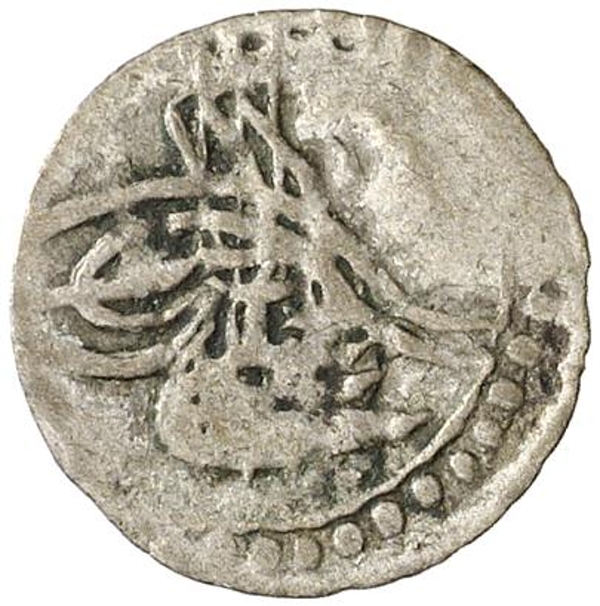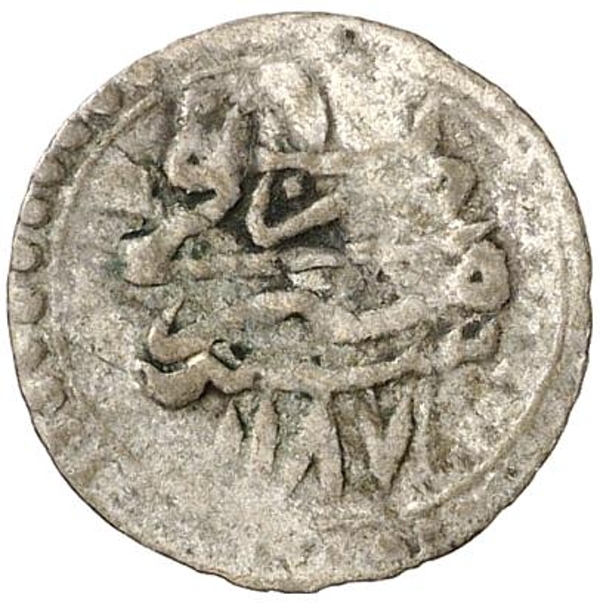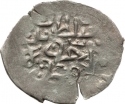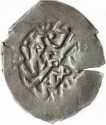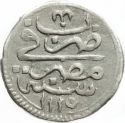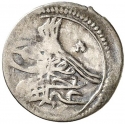You are about to finish your registration. Please check your mailbox (including spam folder). There should be a letter with a confirmation link. Check setting to make sure that your e-mail address is correct.
Send letter againDescription
Abdülhamid or Abdul Hamid I (1725–1789) was the 27th Sultan of the Ottoman Empire, reigning over the Ottoman Empire from 1774 to 1789. He concluded the war with Russia by signing the humiliating Treaty of Küçük Kaynarca. By the terms of the treaty, Russia obtained the fortresses on the coast of the Sea of Azov, the area between the Dnieper and Bug rivers, and navigation and commercial privileges in the Ottoman Empire. Bukovina was ceded to Austria in 1775. Russia annexed Crimea (an Ottoman vassal state) in 1783 and planned to partition the Ottoman Empire. Confronted with Russian designs, Abdülhamid in 1787 declared war, which was not ended until after his death.
A pious and benevolent man with a keen interest in state affairs, he favoured reform and appointed able grand viziers to whom he entrusted wide powers. He initiated army reforms and opened the Imperial Naval Engineering School. He also endeavoured to strengthen the central government against provincial rulers, particularly in Syria, Egypt, and Iraq.
The Eyalet of Egypt operated as an administrative division of the Ottoman Empire from 1517 to 1867. It originated as a result of the conquest of Mamluk Egypt by the Ottomans in 1517, following the Ottoman–Mamluk War (1516–17) and the absorption of Syria into the Empire in 1516. Egypt always proved a difficult province for the Ottoman Sultans to control, due in part to the continuing power and influence of the Mamluks, the Egyptian military caste who had ruled the country for centuries.
Weight varies: 0.30-0.40 g
Size varies: 15-16 mm
Obverse

|
The second tughra in Abdul Hamid I name, without value. عبد الحميد خان بن احمد مظفر دائما |
|---|---|
Reverse

|
Arabic legend with the year of the Sultan's reign on top and Ottoman Turkish legend "Struck in Egypt" and the accession year in Hejira (AH1187) below. ١ |
| Edge |
